Style was developed by British architects in Ghana and India but became a symbol of nation-building following independence
The Victoria & Albert Museum is bringing its 2023 Venice Biennale pavilion on modernist architecture in West Africa and South Asia to London.
The ‘Tropical Modernism’ exhibition will focus on the role which architecture played in Britain’s former colonies in the 20th century in the years leading up to and following decolonisation.
The style was developed in the late 1940s by British architects Jane Drew and Maxwell Fry, who created a modernist aesthetic which valued function over ornament in the hot and humid conditions of West Africa and India.
It was a colonial architecture which developed against the background of anti-colonial struggle, but became a tool of nation-building in newly independent countries.
Following independence, Indian prime minister Jawaharlal Nehru and Ghanaian prime minister Kwame Nkrumah commissioned major new projects in this style, using tropical modernism as a symbol of a post-colonial future.
The exhibition, which will run from 2 March to 22 September, will include models, drawings, letters, photographs and a half-hour film documenting the key figures and moments of the Tropical Modernist movement.
Christopher Turner, the V&A’s keeper of art, architecture, photography and design and curator of the exhibition, said the story of tropical modernism is one of “colonialism and decolonization, politics and power, defiance and independence; it is not just about the past, but also about the present and the future.”
“We deliberately set out to complicate the history of tropical modernism by looking at the architecture against the anti-colonial struggle of the time, and by engaging with and centring South Asian and West African perspectives,” Turner said.
Tickets for the exhibition are now on sale.









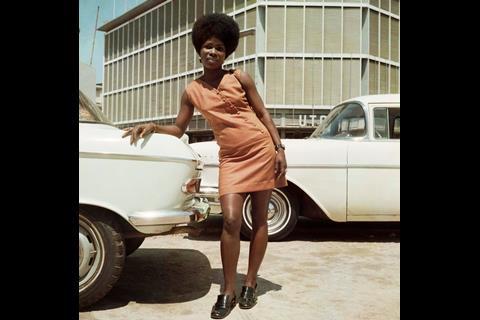
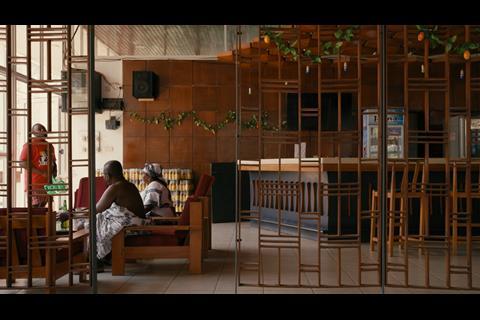
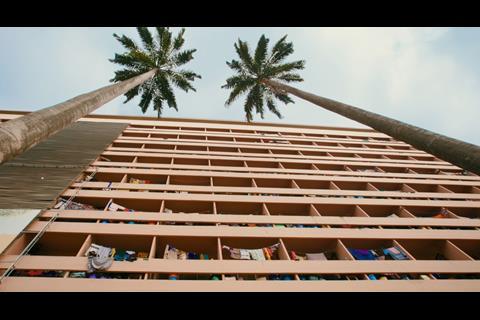

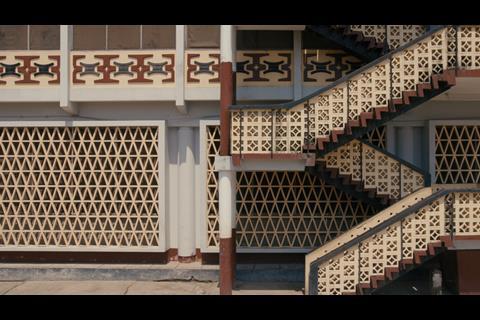

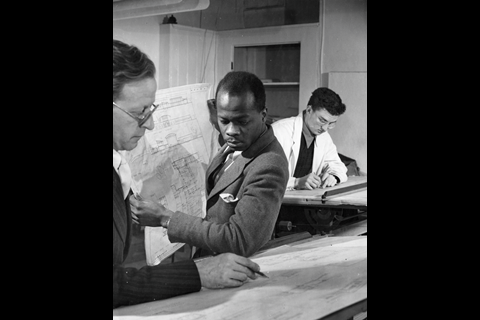
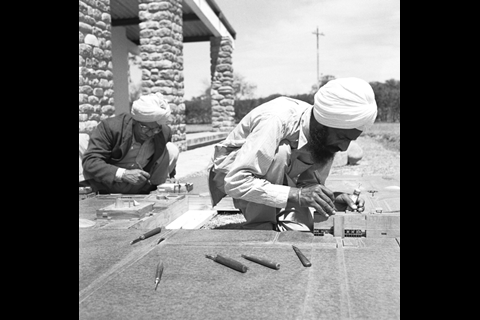
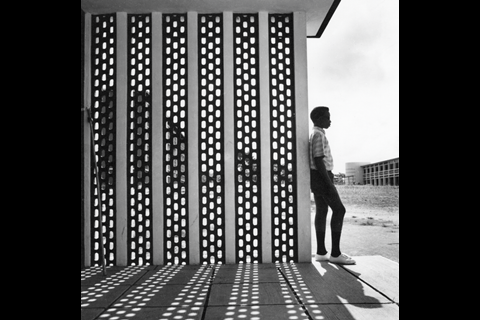

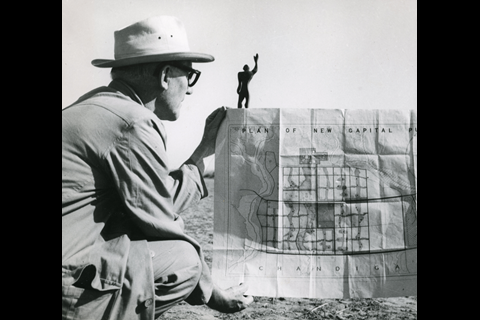







No comments yet